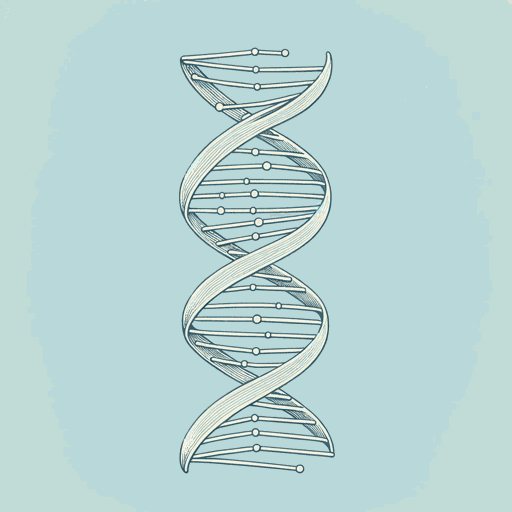84 pages • 2 hours read
James D. WatsonThe Double Helix
Nonfiction | Book | Adult | Published in 1968A modern alternative to SparkNotes and CliffsNotes, SuperSummary offers high-quality Study Guides with detailed chapter summaries and analysis of major themes, characters, and more.
Foreword, Preface, and PrologueChapter Summaries & Analyses
Foreword by Lawrence Bragg Summary
Lawrence Bragg was the director of the Cavendish Laboratory where Cricks and Watson were based while working on their solution to the structure of DNA.
Bragg’s Forward introduces Watson’s book and describes its value in four different ways.
First, Bragg states its “scientific interest” as an account of “one of the major scientific events” of the 20th century (xvii). He points out the waves of new research Watson and Crick’s discovery has inspired, and its huge implications.
Bragg secondly notes its merit as an exciting story. The final chapters he describes as “drama of the highest order,” with “the tension mounting and mounting towards the final climax” (xvii).
Thirdly, he says the book sheds light on an important moral dilemma in science to do with intellectual ownership. When is it acceptable to make use of another scientist’s findings or step into their domain of research? This dilemma is central to “the DNA story” (xviii). Bragg notes his satisfaction that the Nobel Prize was awarded not only to Crick and Watson, but also Maurice Wilkins, whose work (along with Rosalind Franklin’s) laid the grounds for their discovery.
Finally, Bragg points out “the human interest of the story” (xviii): the vivid and direct impressions it offers of Europe and England, and the scientific community.

